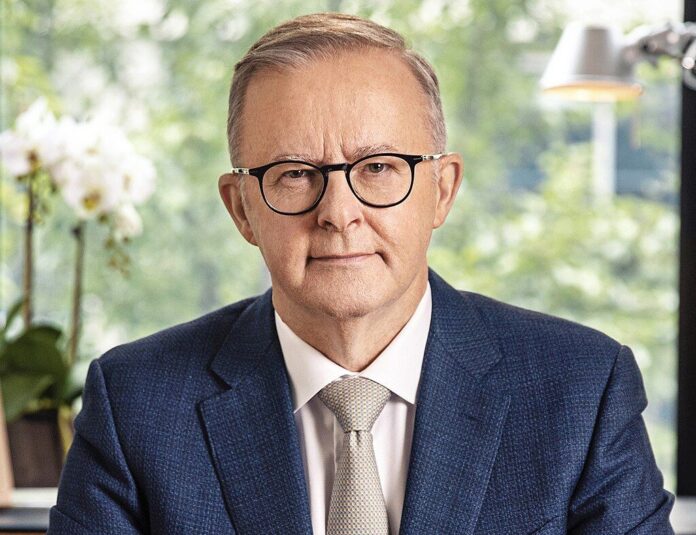The Australian government’s ambitious plan to ban kids from platforms like TikTok, X, and Instagram is stirring debate
Australia is making waves with a bold proposal to ban children under the age of 16 from accessing social media platforms such as TikTok, X (formerly Twitter), Facebook, and Instagram. Prime Minister Anthony Albanese, who introduced the plan to Parliament, calls it “world-leading” legislation designed to protect children from the harms of social media.
The ban, which aims to safeguard young Australians from cyberbullying, predatory behaviour, and harmful content, is a response to mounting concerns over the negative impact of online platforms on the mental health and safety of children. Albanese has emphasised that the law is about giving parents peace of mind and allowing children to have a childhood free from the pressures and dangers of social media.
However, the proposal has sparked mixed reactions. On one side, many parents have welcomed the idea, citing personal stories of children being exposed to harmful content online. James, a 12-year-old from Sydney, shared his harrowing experience of cyberbullying on Snapchat, which left him fearful for his safety. After being added to a group chat with older teenagers, James received violent messages, including threats of physical harm, which led him to delete his Snapchat account. His mother, Emma, believes the proposed ban is a necessary step to protect kids like James from similar experiences.
Embed from Getty ImagesThe bill, which was tabled in the lower house of Parliament on Thursday, outlines a framework for the ban, although many details remain unclear. While the legislation has not yet passed, it is expected to move to the Senate in the coming weeks. Once enacted, the ban will prevent children under 16 from using major social media platforms unless they can prove they are accessing “low-risk services” designed for young users, though the criteria for such platforms are yet to be established. Tech companies that fail to comply could face penalties of up to A$50 million ($32.5 million). However, platforms that offer messaging services, gaming sites, or access to content without creating an account—such as YouTube—will not be affected by the ban.
Despite the government’s intentions, some experts and industry representatives argue that this approach is flawed. A group representing tech companies, including Meta, X, and Snapchat, has dismissed the ban as outdated, describing it as a “20th Century response to 21st Century challenges.” They argue that the legislation could push children to unregulated parts of the internet, potentially exposing them to greater risks.
Julie Inman Grant, Australia’s eSafety Commissioner, has acknowledged the complexity of enforcing the ban, highlighting the ever-evolving nature of technology and the difficulties regulators face in keeping up. “Technology change is always going to outpace policy,” she said, noting that online spaces are fluid, and the rules must be nimble to keep up. Inman Grant also questioned the premise that there is a direct causal link between social media use and mental health decline, pointing out that some vulnerable groups, such as LGBTQ+ or First Nations teens, have reported feeling more comfortable and authentic online than in the offline world.
The debate over the ban’s potential impact continues to grow. Some young people, like Lucas Lane, a 15-year-old who runs an online business selling nail polish, argue that such a ban would harm their ability to connect with others and build online communities. Lane believes the proposal would stifle the opportunities that social media provides for self-expression and entrepreneurship.
Inman Grant has advocated for a different approach, one that focuses on improving the safety of online spaces rather than blocking access. She suggests that tech companies should take greater responsibility for cleaning up their platforms, and that more resources should be devoted to educating young people about staying safe online. She likens the situation to teaching children to swim: rather than fencing off the ocean, society should create safe environments and teach children how to navigate potential dangers.
The effectiveness of Australia’s proposed ban remains uncertain. While the intention to protect children from online harm is widely supported, many questions remain about whether the government’s approach will truly safeguard young users or inadvertently push them into more dangerous, unregulated corners of the internet. As the legislation moves through Parliament, it is clear that the debate over children’s access to social media will continue to be a polarising issue.
